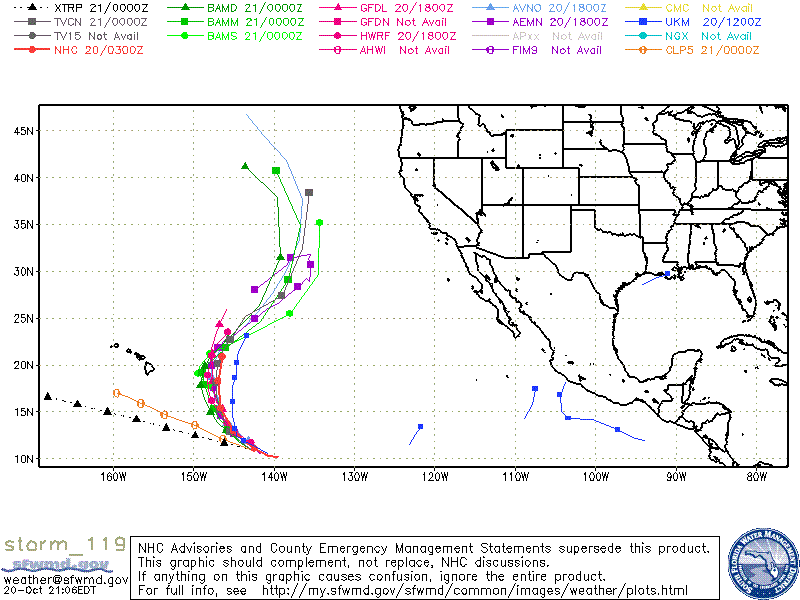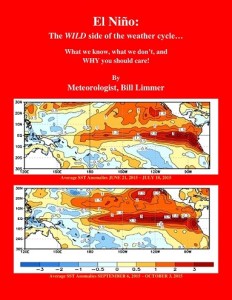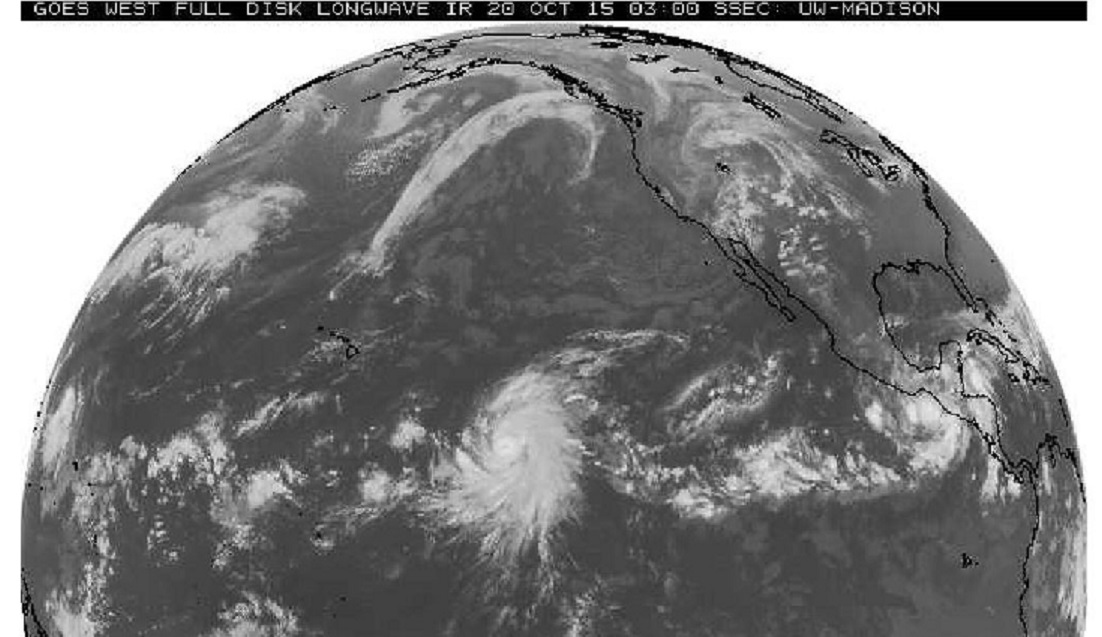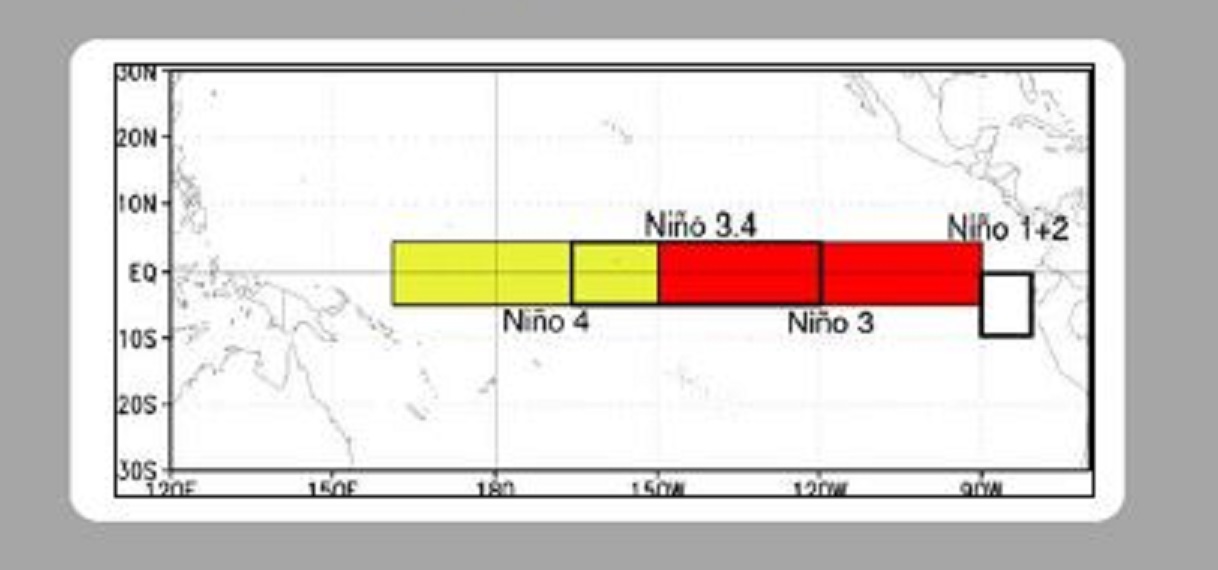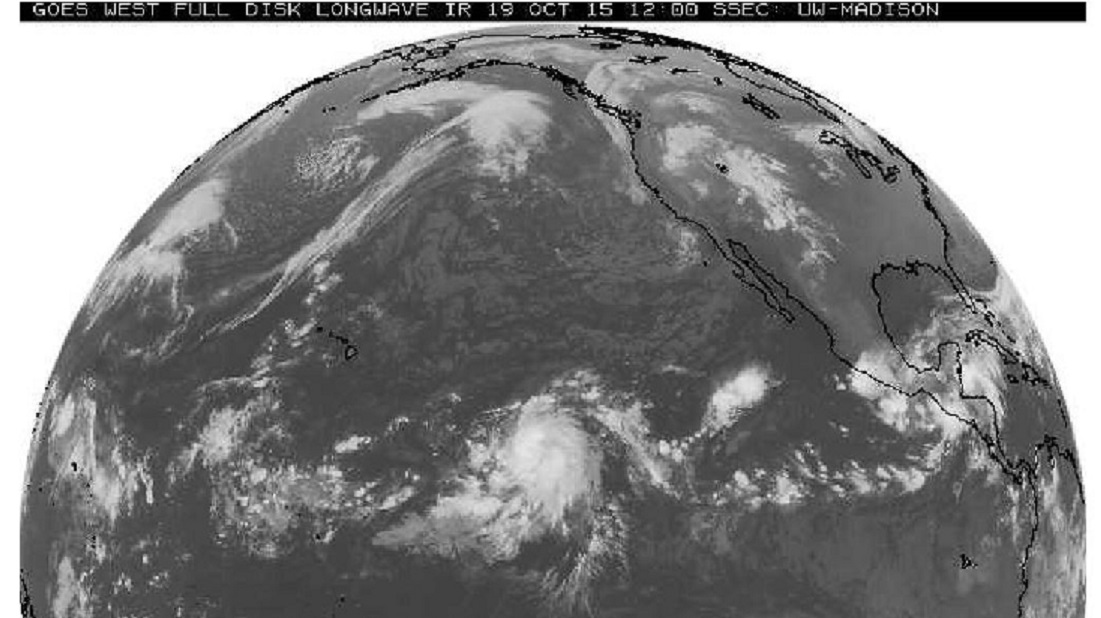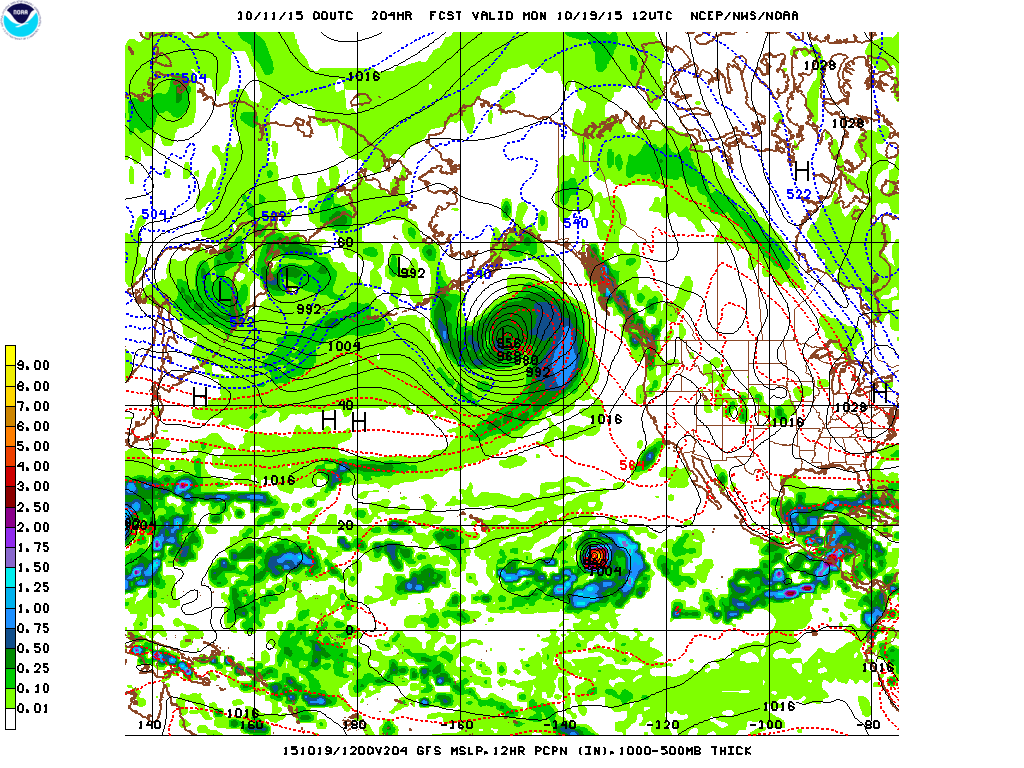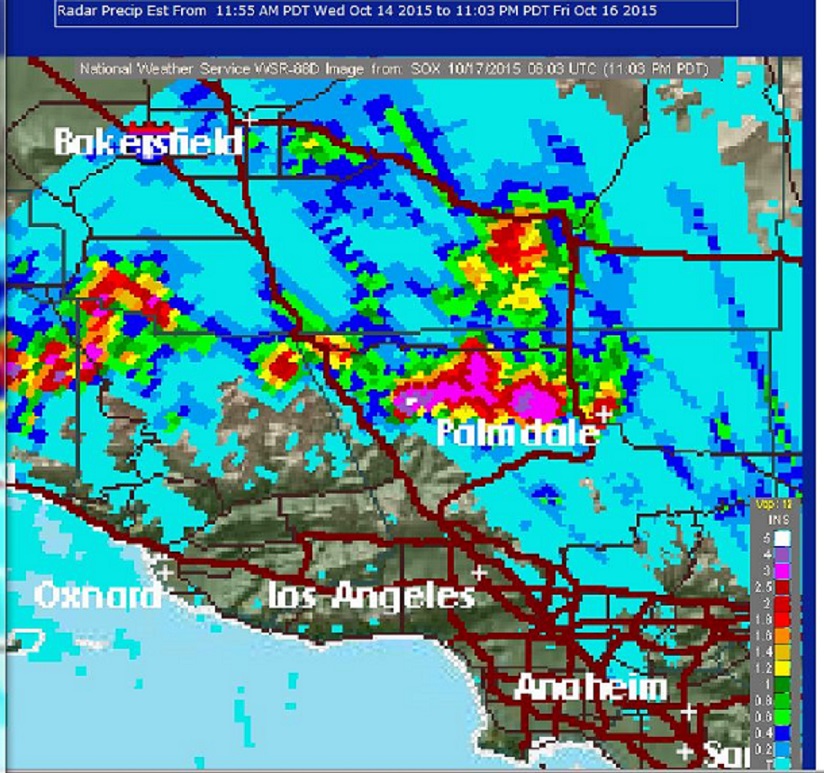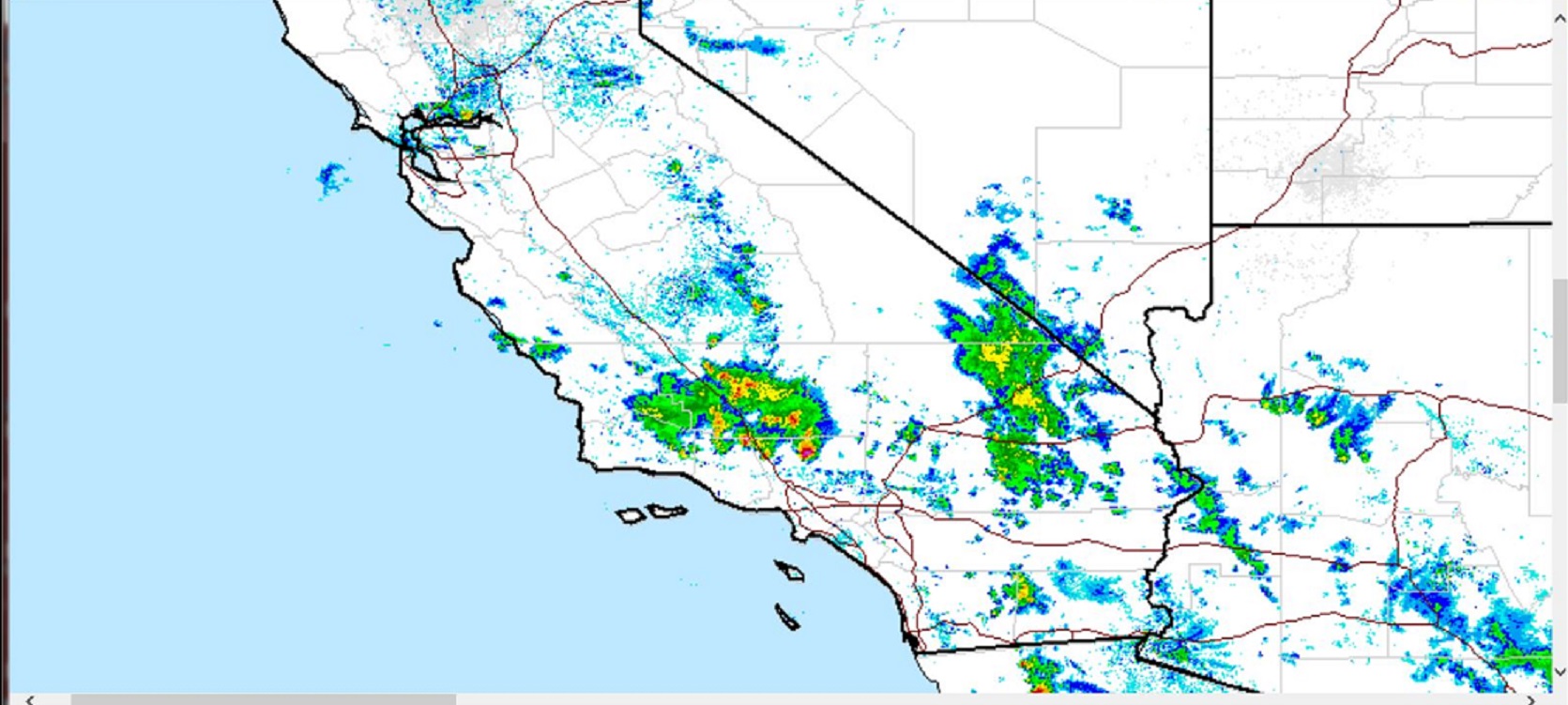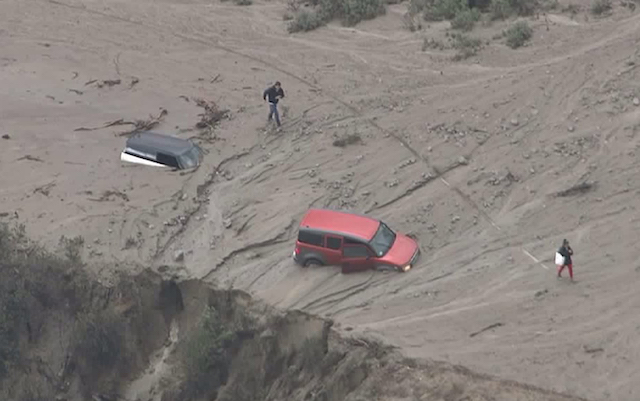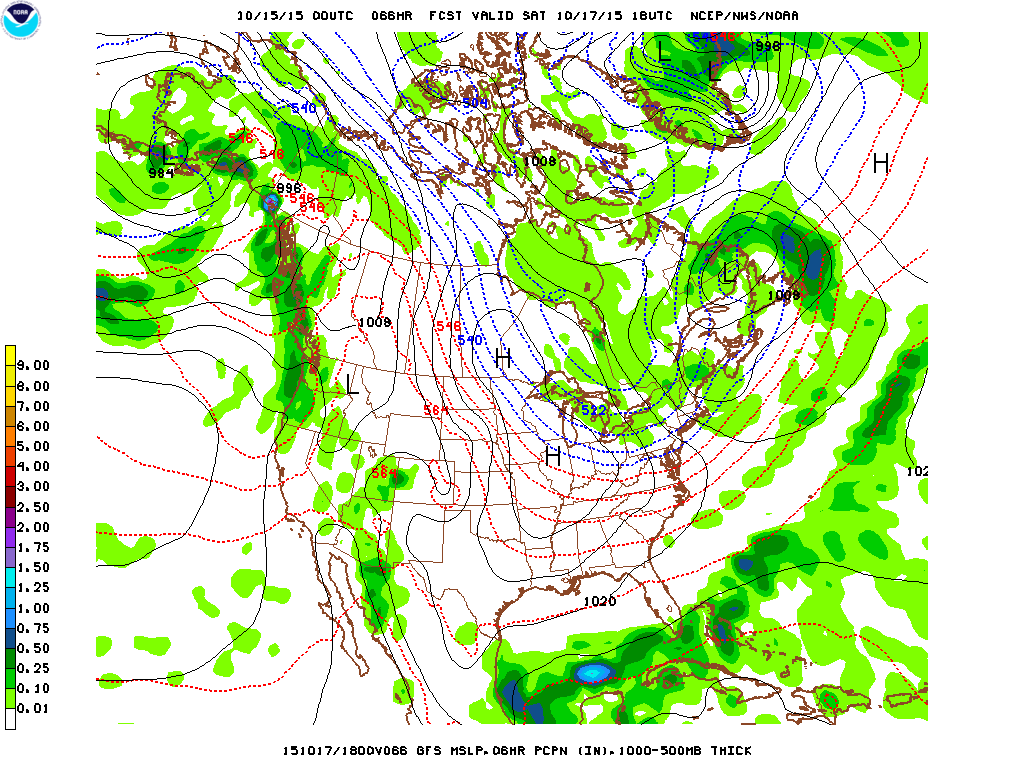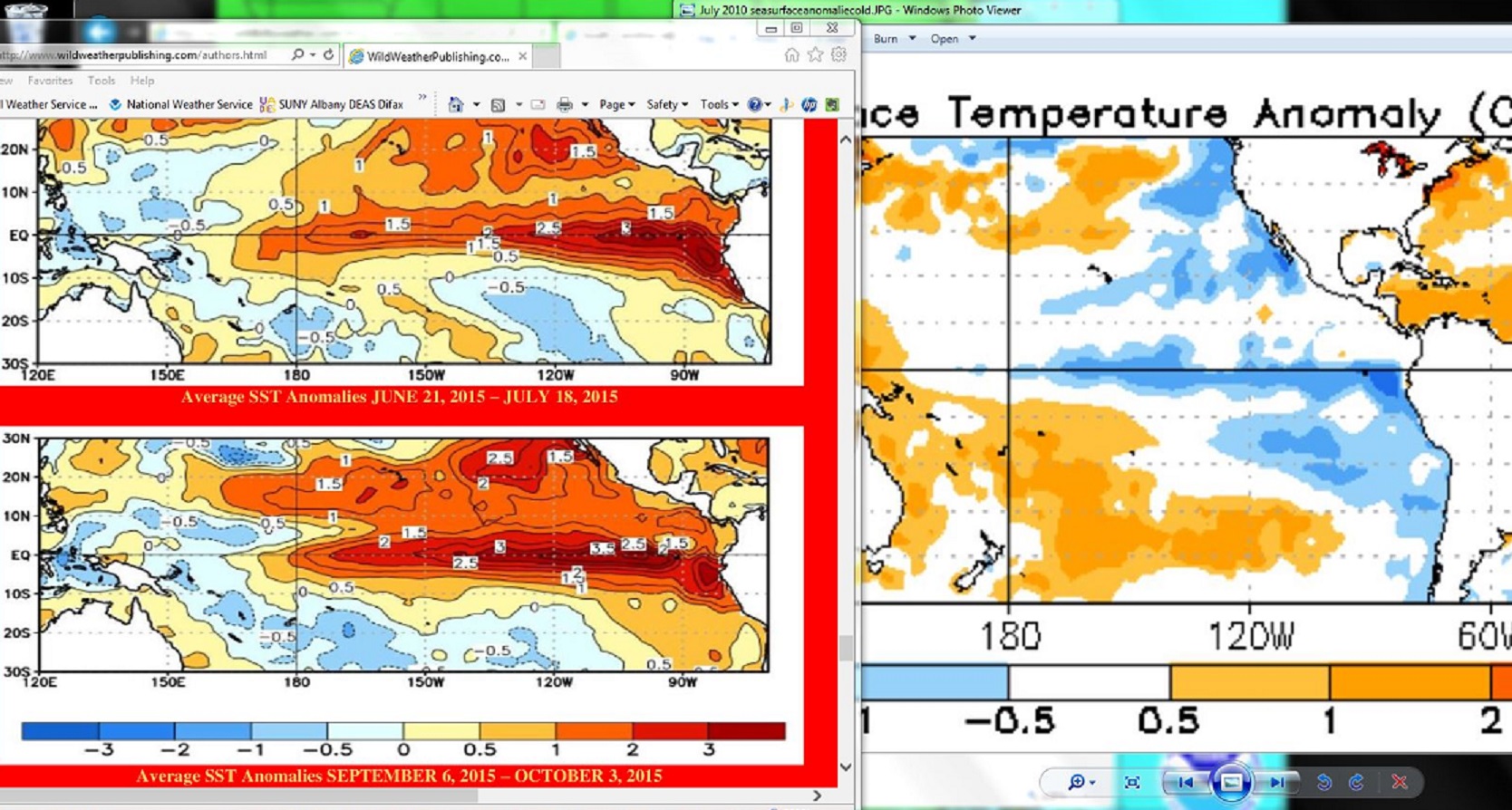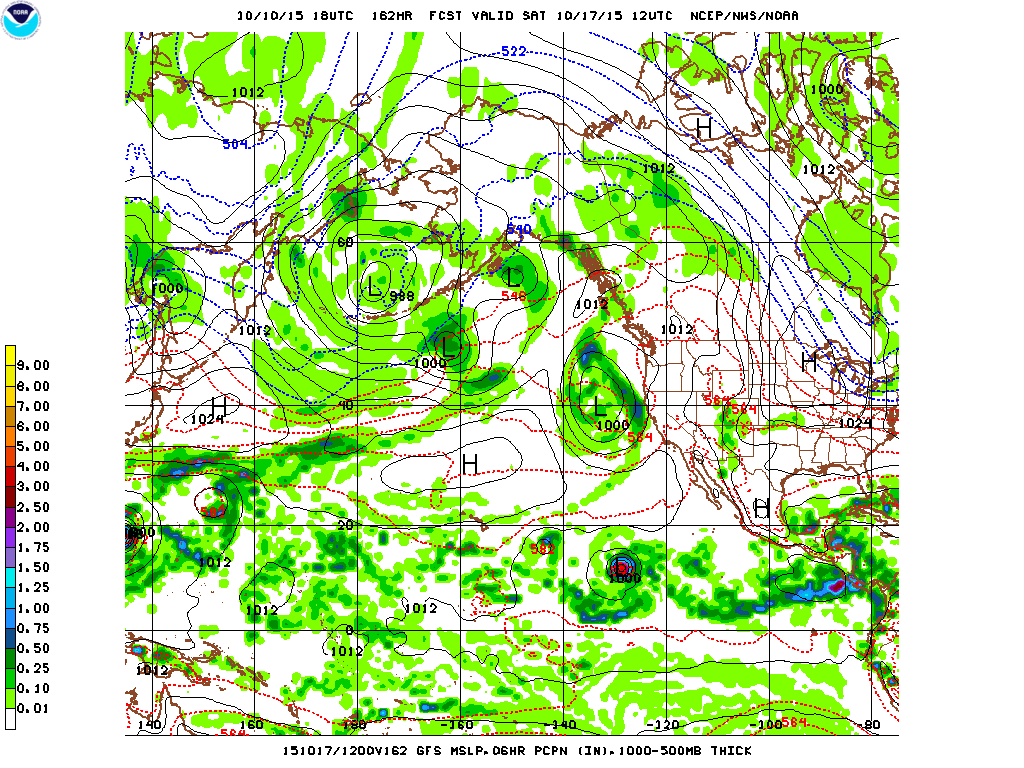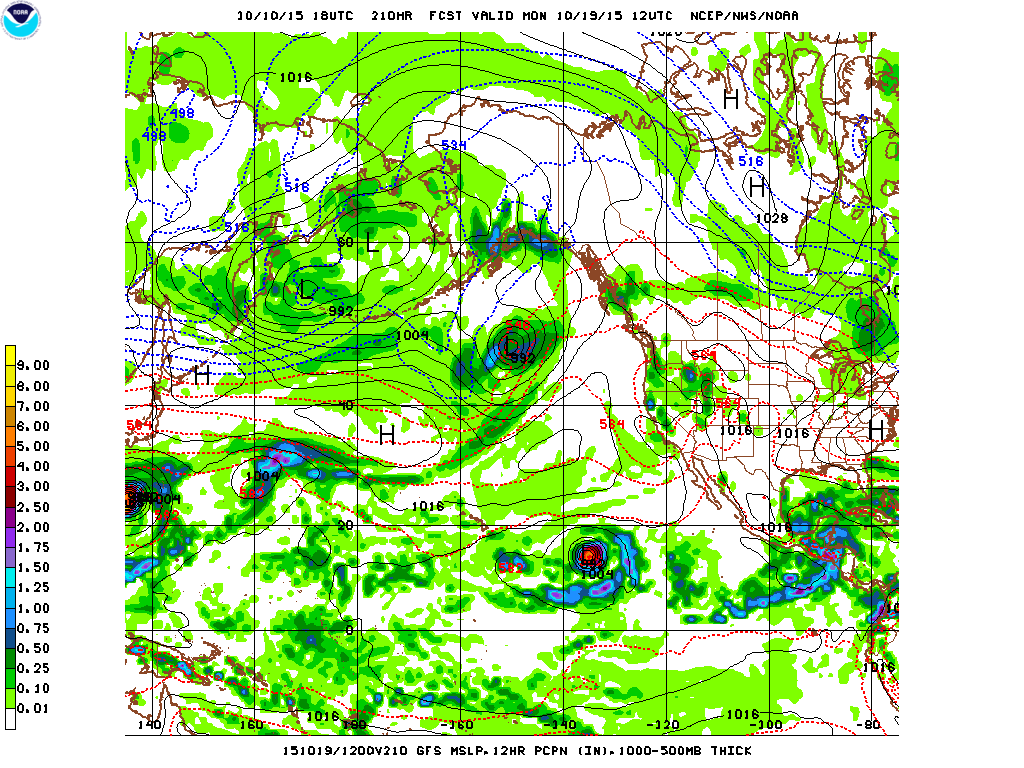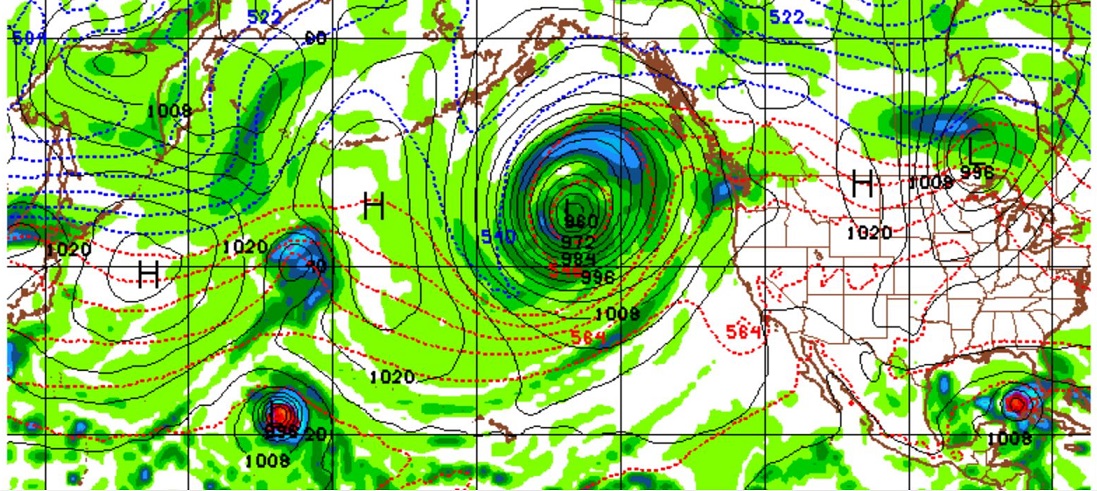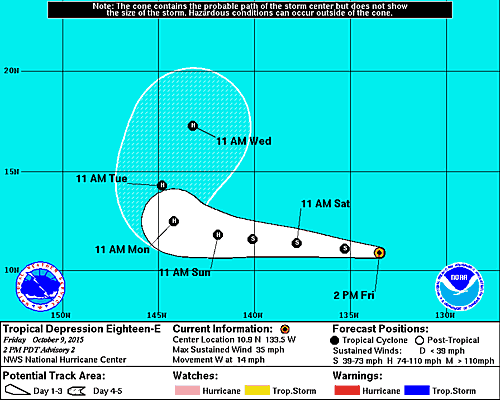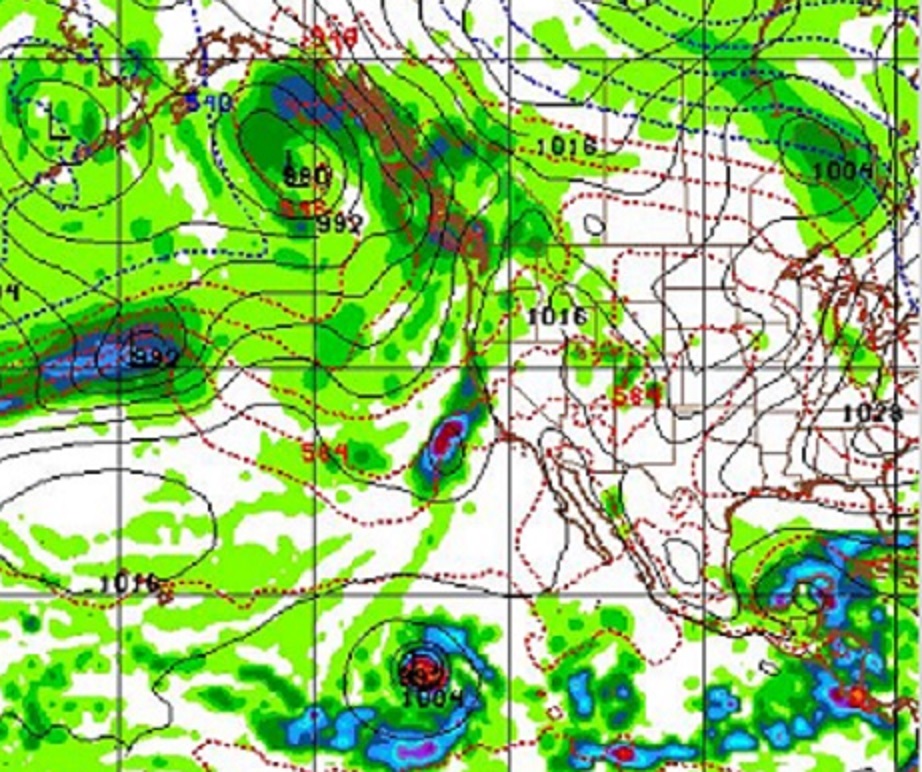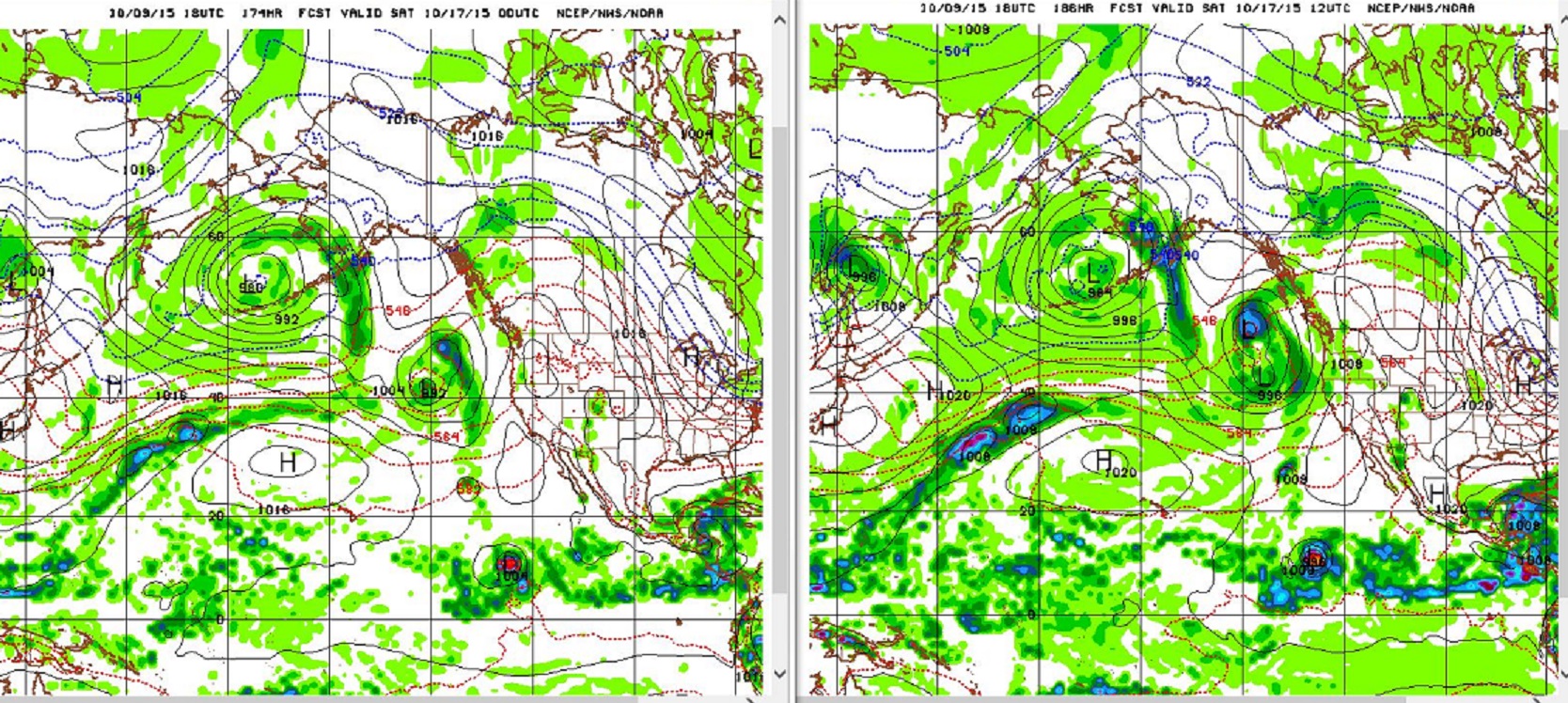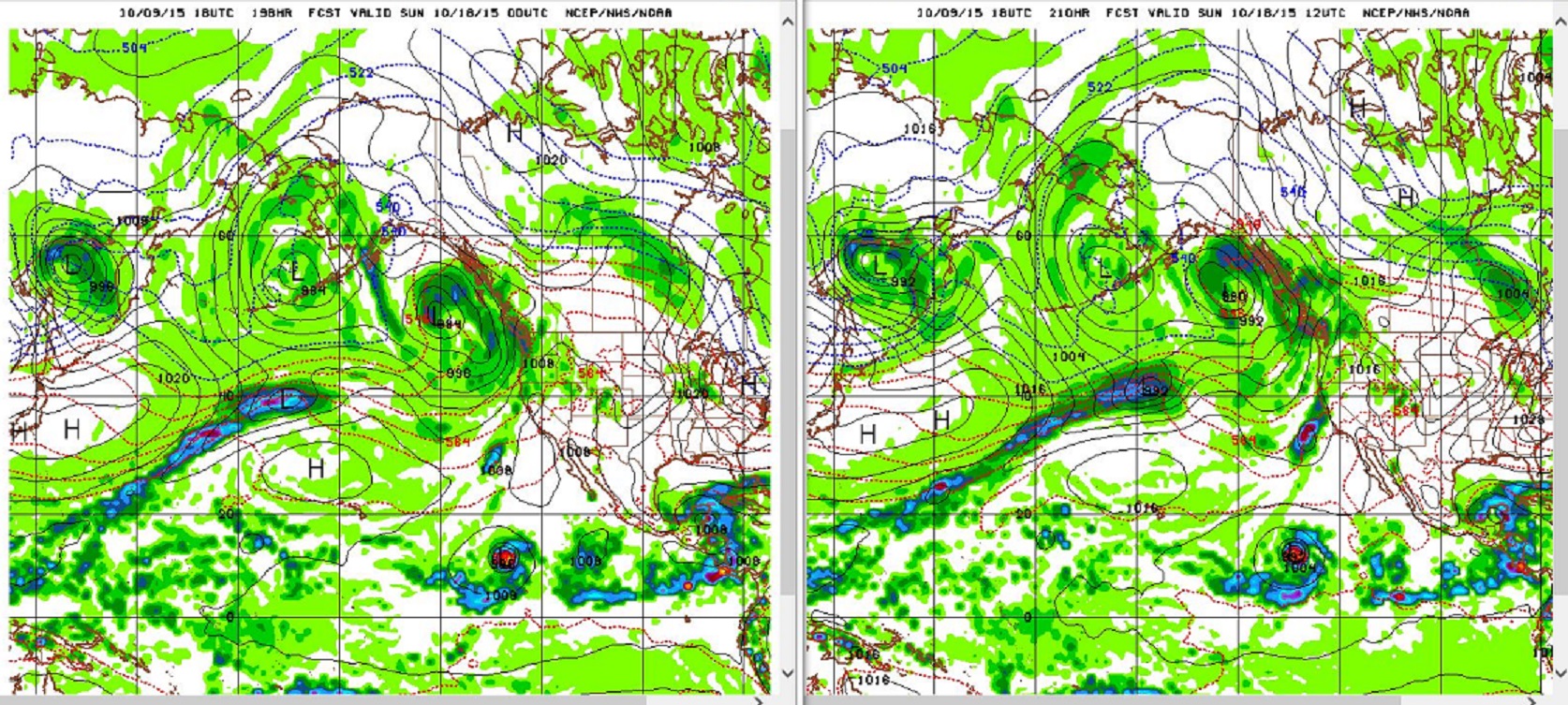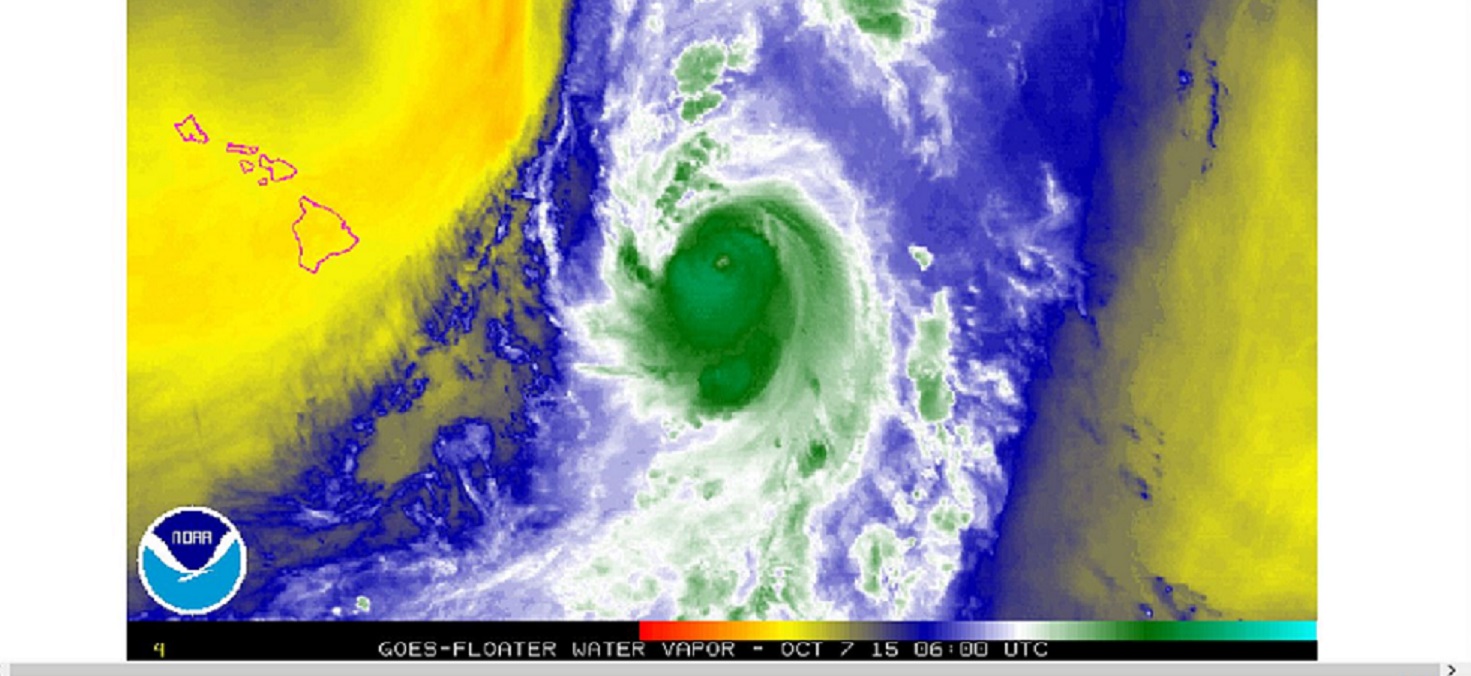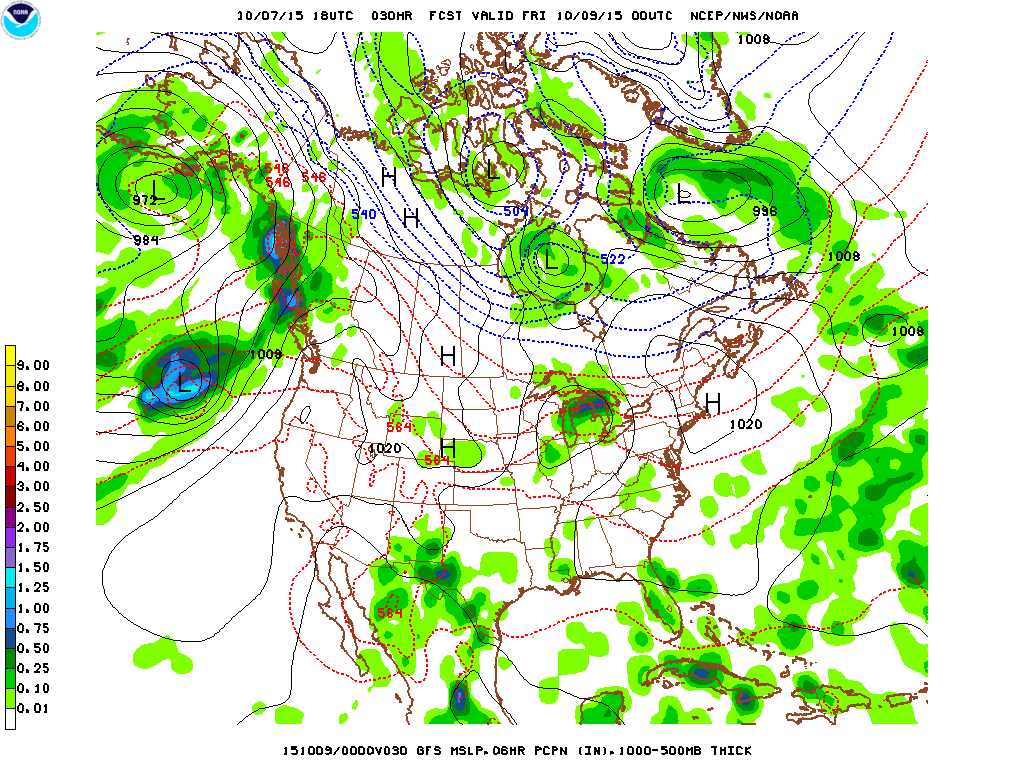October 21, 2015
The Pacific tropical weather season is breaking records.
Phil Klotzbach is a Colorado State University tropical weather researcher and specialist who has filled the void since the well known Dr. Gray retired. In recent days he has made some amazing statements about the tropical weather season in the Pacific.
A couple of his observations are quite impressive in terms of our current El Niño discussion.
A record 14 named storms have occurred so far this season in the Central Pacific. The previous record for total number of storms was 10 from 1982.
A record 8 named storms have formed within the Central Pacific basin. The previous record was 4 from 1982.
The current state of the Pacific Ocean is breaking records set during one of the other great El Niño years, 1982, which is discussed at some length in my latest e-book El Niño: The WILD side of the weather cycle…
——————————————————————————————————————-
200 PM PDT MON OCT 19, 2015
…OLAF RAPIDLY STRENGTHENS TO A CATEGORY FOUR HURRICANE…
…EXPECTED TO CROSS INTO THE CENTRAL PACIFIC BASIN TONIGHT…
———————————————————————————————————————–
With this advisory Olaf became the 21st Category 4 or 5 hurricane in the Northern Hemisphere this tropical season, 2015, or like since May, … also a new record. So despite just two major hurricanes in the Atlantic this season and only one Category 4, the rest of the Northern Hemisphere, mainly the Pacific, is having a record year. Hurricane Olaf is adding to that record.
A visible shot of Olaf at 145mph, near 143W, and only 11N, still some 1000 miles from Hawaii.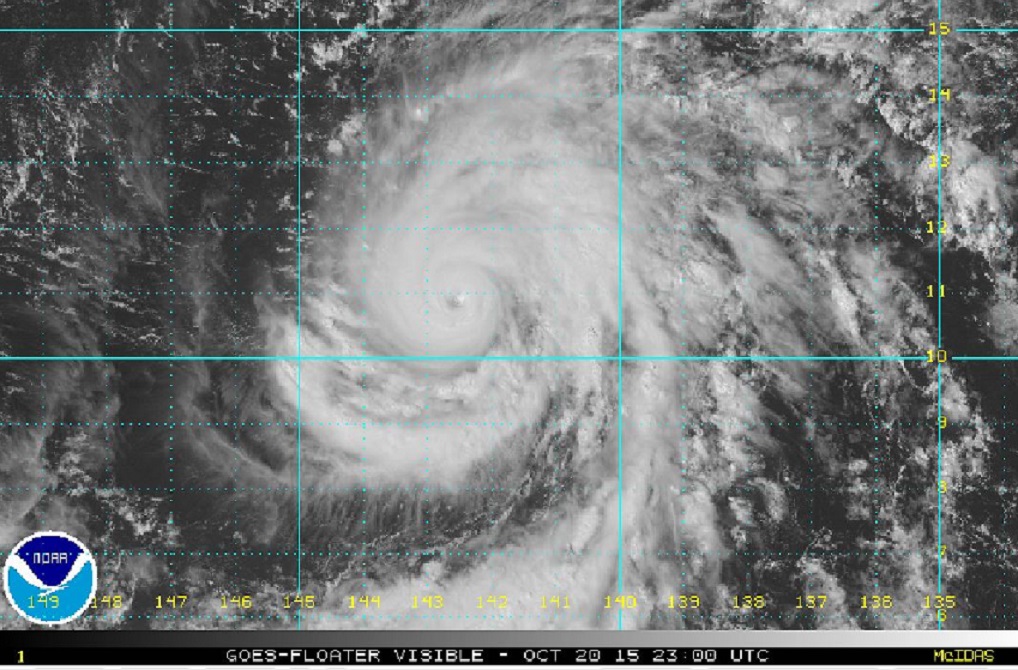
A quick visit with the spaghetti plots to illustrate the current model trend. Once again this season, not a forecast track you are going to see all that often associated with a Category 4 hurricane.
Monday 19th 18z run at 210 hours reaches Wednesday Oct.28, 2015 12z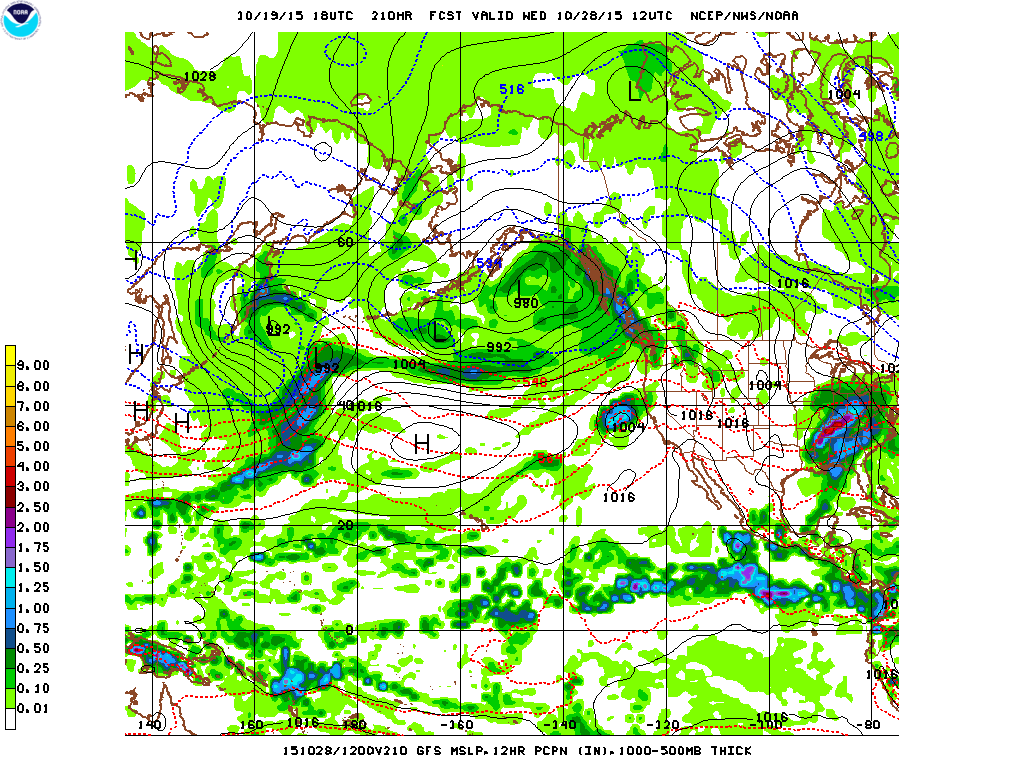
Tuesday 20th 12z run at 192 hours reaches Wednesday Oct.28, 2015 12z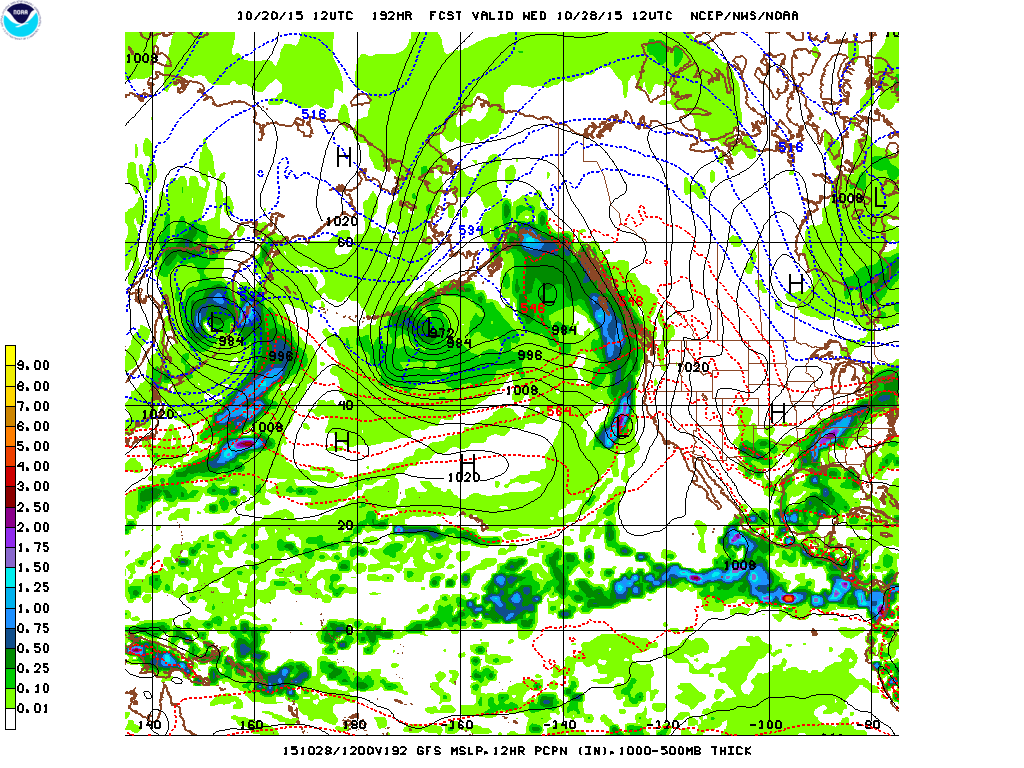
The area of low pressure off the California Coast on both runs can be traced back to Olaf. It is only two runs out of many, most solutions do not bring Olaf to California. But this passed week we saw from this blog that this model does show some skill even out as far as a week.
So a record tropical weather season in the Pacific has given us something else to watch.
Learn more in my latest e-book El Niño: The WILD side of the weather cycle…
What we know, what we don’t, and WHY you should care!
Wild Bill
